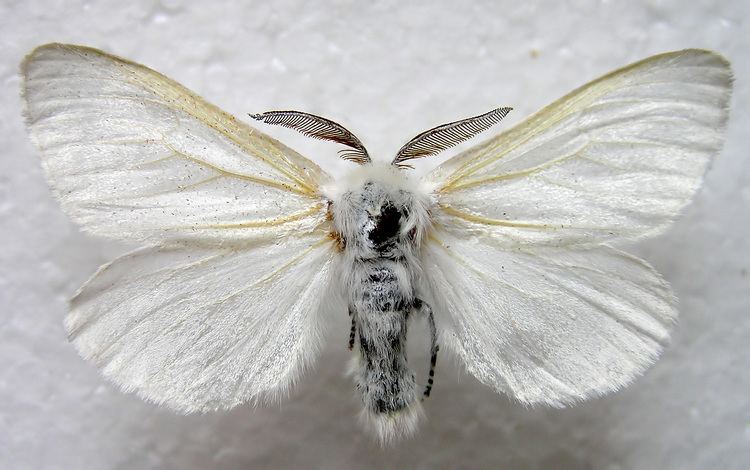Rank Species | Family Lymantriidae Scientific name Leucoma salicis Higher classification Leucoma Order Butterflies and moths | |
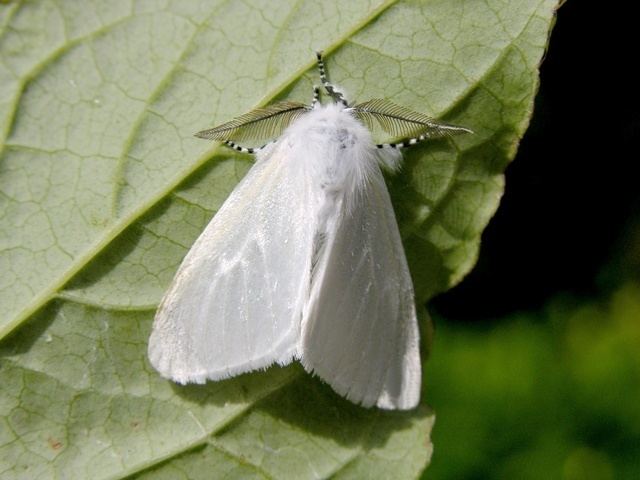 | ||
Similar Leucoma, Butterflies and moths, Lymantriinae, Yellow‑tail, Dicallomera fascelina | ||
White satin moth leucoma salicis on sand dunes near ainsdale
Leucoma salicis, the white satin moth or satin moth, is a moth of the Lymantriidae family. It is found in Europe including the British Isles but not the far North. East it is found across the Palearctic to Japan.Also in North America where it was introduced in the 1920s.
Contents
- White satin moth leucoma salicis on sand dunes near ainsdale
- Technical description and variation
- Biology
- References
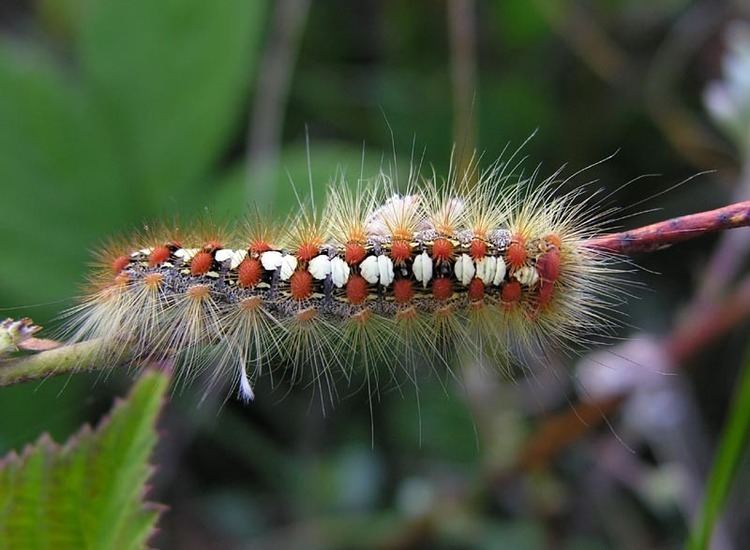
Technical description and variation
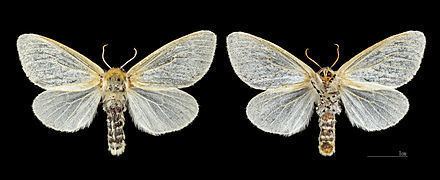
The wingspan is 37–50 mm. White, sometimes with ochreous, or in the male even blackish costal margin; head and collar as well as the pectinations of the antennae dark. Tibiae and tarsi with broad black rings. The East-Asiatic form candida Stgr. [full species Leucoma candida (Staudinger, 1892)?] has much purer glossy white and entirely opaque, more thickly scaled, wings and is on the whole smaller, with narrower wings. From Eastern Siberia, Urga, Amurland, Japan,Corea, China. — Yellowish grey specimens are ab. sohesti Capr. Specimens from Tian-shan with black pectinations of the antennae of the male are nigripennata Stgr. ab. nigrociliata Fuchs has sharp black third of the costal margin and glossy black fringes; Germany, ab. rubicunda Strand has both the wings and hairy covering reddish, almost rose-red at the costal and inner margins of the forewing (male); in South Norway.
Biology
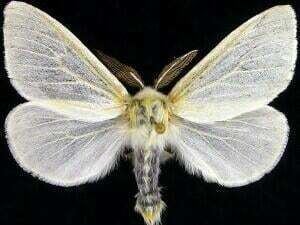
The eggs are laid on tree-trunks in clusters covered with a paper-like substance.Larva black with a row of light dorsal spot and yellow lateral line. Segments 4 and 5 each with a pair of united fleshy pointed tubercles. The larvae feed on Salix and Populus species. Pupation is in a loose cocoon between leaves, the pupa being glossy black with white spots and yellow tufts or hair. The moth appears in June, July and August. The males already begin to fly before dusk in the evening and often swarm like snowflakes round the poplars and willows at country roads.
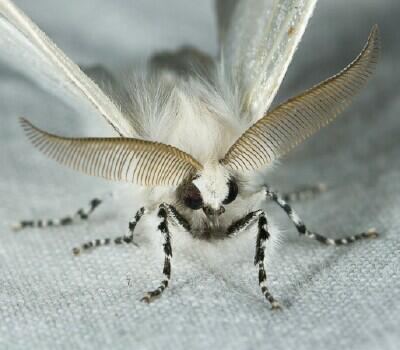
Found in half shady, damp locations, such as forest edges and hedges with their food plants, but also in avenues, parks and gardens. They are common, but only occur in small numbers. Leucoma salicis is also reported from outbreaks (population explosions), but these are known only from historical times.
